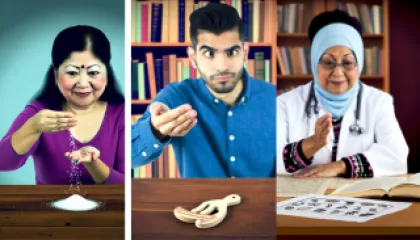Step-by-Step Guide to Resolving Relationship Conflicts
1 year ago
Navigating Relationship Conflicts
5 Essential Steps to Enhance Your Digital Wellbeing
1 year ago
Digital Wellbeing
Mastering the Mind: The Ultimate Guide to Understanding Superstitions in Psychology
1 year ago
Psychology Behind Superstitions
Understanding Grief: Insights from Recent Studies
1 year ago
Grief
Unraveling the Science Behind Breaking Bad Habits
1 year ago
Breaking Bad Habits
How Can Schools Effectively Prevent Bullying?
1 year ago
Bullying Prevention
Top 10 Techniques to Sharpen Your Intuition
1 year ago
Developing Intuition
Understanding Recovery: A Review of Emotional Abuse Healing Research
1 year ago
Healing from Emotional Abuse
Mindfulness vs. Meditation: A Step-by-Step Guide to Understanding the Differences
1 year ago
Mindfulness vs Meditation
How Can You Effectively Manage Holiday Stress?
1 year ago
Holiday Stress
Top 10 Strategies to Discover Your Life Purpose
1 year ago
Finding Life Purpose
Decoding Your Dreams: A Step-by-Step Guide to Understanding Their Meanings
1 year ago
Dream Interpretation
Top 10 Effective Treatments for Seasonal Affective Disorder
1 year ago
Seasonal Affective Disorder
Unraveling the Psychology of Belief: Why We Hold Our Convictions
1 year ago
Psychology of Belief
Understanding Stress vs. Anxiety: A Comprehensive Guide
1 year ago
Stress vs Anxiety















